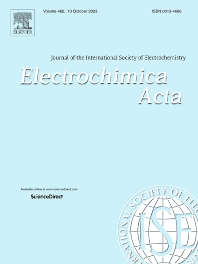We report the fabrication and characterization of molybdenum (Mo)-doped ZnV2O6/reduced graphene oxide (rGO) composite and its use as photoanode for photoelectrochemical (PEC) hydrogen production. Compared to pure ZnV2O6, Mo ions act as electron donor in the ZnV2O6:Mo lattice increasing charge carrier concentration and subsequently mobility in the bulk by the polaron transport. We measured the hole transfer efficiency for the pure and Mo-doped ZnV2O6 electrodes and revealing a substantial increase from 16 to 25%. The mechanism of enhanced photoactivity of Mo-doped ZnV2O6 was studied by density functional theory calculations. Moreover, electrochemical impedance spectroscopy measurements show that graphene modification improves carrier separation and transfer across the electrode/electrolyte interface. Therefore, the combination of the two strategies triggers a synergistic enhancement in PEC performance in terms of incident photon-to-current efficiency, which is 17% at 370 nm, being 4.5- and 3.6-times greater than those of pristine ZnV2O6 and ZnV2O6:Mo photoanodes, respectively. With photocurrent onset potentials of 0.6 V and photocurrent densities of 2.07 mA/cm2 at 1.23 V vs. RHE, ZnV2O6:Mo/rGO photoanodes are of interest for the design of high performance PEC visible-light-induced water-splitting devices.
اطلاعات بیشتر